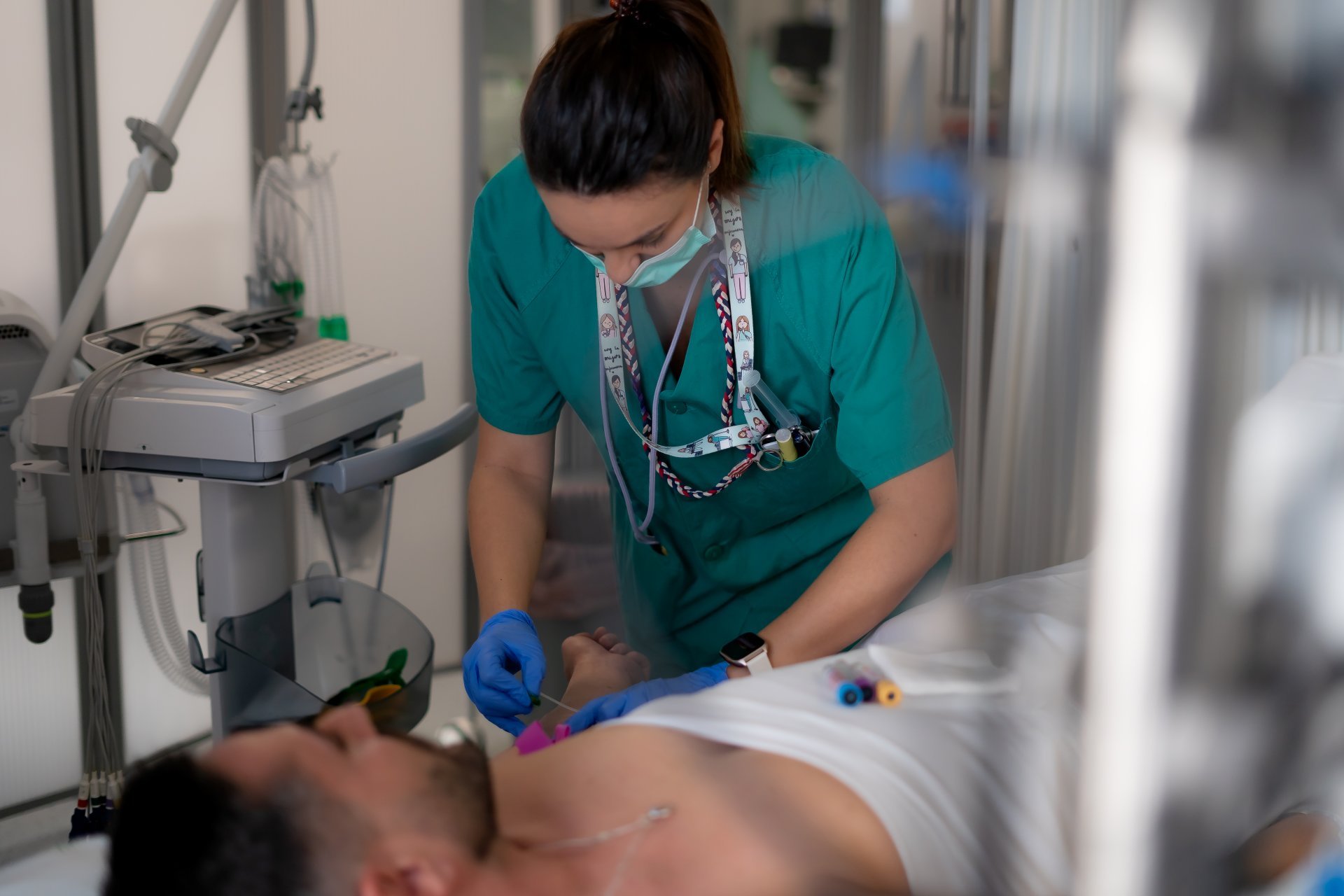Medical emergencies often unfold rapidly, with teams responding in a structured way to protect health and safety. A clearer picture of what typically happens during treatment can ease anxiety and help people feel more prepared. Here are a few of the standard procedures in an emergency care setting:
Your Arrival and Initial Check-in
At the emergency room, the visit typically begins at the check-in desk. A staff member records basic details such as your name, date of birth, and the reason for your visit. This information is used to create a record for the care team.
During this process, you may be asked questions about your medical history or previous visits to the facility. Providing these details helps staff understand the context of your situation and why you are seeking emergency care. After check-in, an identification bracelet is usually given to wear throughout your stay.
The Triage and Assessment Process
Once check-in is complete, a triage nurse evaluates your condition more thoroughly. This evaluation helps the team understand your current situation and organize care efficiently. The nurse may check your heart rate, blood pressure, and other basic signs while asking questions about your symptoms and pain level. This step helps guide the medical team so patients are seen in an order that matches their needs.
The Examination by Medical Staff
A doctor or physician assistant conducts a complete examination after the triage assessment. They review your symptoms and ask detailed questions about your health, including ongoing treatments and previous conditions. The medical team may perform additional tests to understand your situation better. This thorough evaluation helps clarify the nature of your condition.
The healthcare provider considers how different aspects of your health interact and evaluates patterns in your responses. They determine the most appropriate next steps in your care. Accurate diagnosis guides treatment decisions and informs any follow-up procedures needed.
The Diagnostic and Testing Phase
Your doctor may order diagnostic tests to gather detailed information about your condition. These tests help the team assess your situation more accurately and plan next steps efficiently. Standard diagnostic procedures can include:
- Blood work to check for infection, inflammation, or other markers
- X-rays to evaluate bones and certain tissues
- CT scans for detailed imaging of internal structures
On-site lab and imaging services provide fast results, keeping the process streamlined and efficient. The medical staff will guide you through each test, explaining how it works, what to expect, and why it is helpful for your care.
The Treatment and Care Plan
The healthcare team establishes a comprehensive treatment plan designed to address your specific needs and guide your care effectively. Treatment can range from medication to minor procedures. The medical staff will discuss the plan with you. You will have a chance to ask questions. The team works to stabilize your condition.
The Discharge or Admission Decision
The care team reviews next steps based on each patient’s condition. Some patients leave the facility with discharge instructions and guidance for follow-up care. Recovery continues in a structured way outside the hospital setting.
Other patients remain in the hospital for additional observation or ongoing treatment. Staff provide detailed explanations about the decision and what the stay will involve. Clear communication helps patients understand the process and what to expect during their care.
Your Partner in Emergency Care
Emergency care involves a series of structured steps designed to address urgent medical needs promptly. From check-in to treatment decisions, each phase guides medical attention. Emergency teams provide focused care while keeping patients informed. For prompt assistance during a medical emergency, contact your local emergency room today.

